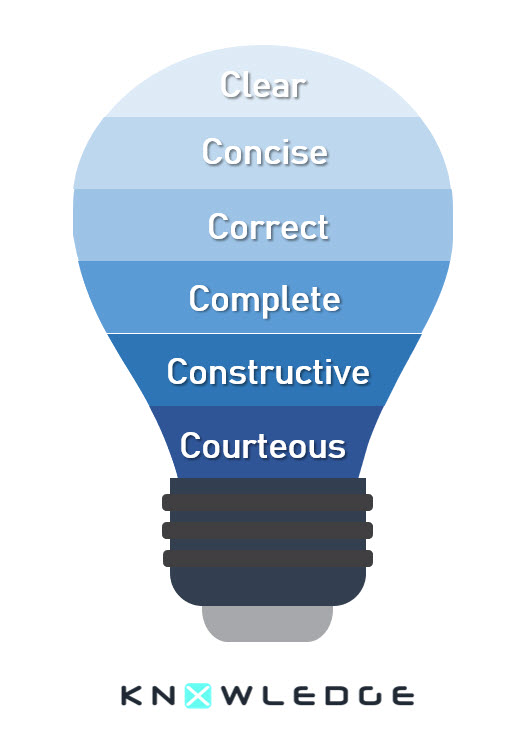In a casual or professional business environment, you must have come across the term effective communication. At the workplace, you properly had it somehow in the context of your performance appraisal discussion as one of your competencies. The reason behind it is that effective communication is an essential fundamental skill you need in your day-to-day life interactions and to achieve the desired outcomes in the workplace effectively.
Effective communication can be defined as “the transfer of information from the sender to the receiver with understanding”.
Effective communication in verbal conversation
You can start your verbal communication with a general opening and then move to specifics, actively listen to the individual talking. The key trick is to never assume that you know what the person is talking about, so ensure avoiding interruption and more important not to fall into the mistake of starting processing and preparing the answer while the other side is still relaying the information. To achieve effective communication in a verbal conversation, you need to:
- Always keep the purpose of the conversation in mind.
- Set clear objectives that you want to achieve out of the conversation.
- Give the priority to the information that you need to send or know.
- Have balanced control over the conversation.
- Keep the conversation on track towards the objectives you require out of it.
- Use the questioning technique to maintain balance over the conversation and control it.
- Prevent wandering off track.
Effective communication in business writing
Work correspondence is essential and often overlooked. I am sure you have received that email at work where all the information were scattered all around. Today, I am introducing you to the 6C’s principle, you can use it as a guide to achieving effective communication;

Clear
The message communicated should be spelt out, using clear writing while using email or paper documentation. If communicating verbally, it should be at the right pace and tone of voice. It should be worded in such a way that the receiver understands the same message the sender wants to convey.
Concise
Ensure it is straight to the point, be factual and avoid elaborating unless necessary. Use bullet points if you are communicating by writing.
Correct
Ensure you are addressing the right person. The information and categories are carefully chosen and in the right language.
Complete
There should be no ambiguity in the message. Ensure all the information is clear and complete and there is no space for misinterpretation.
Constructive
Ensure no emotions and feelings displayed. Avoid being judgemental, stay objective and target the issue, not the individuals, no pointing or blaming.
Courteous
You should always stay polite and professional in the conversation regardless of your power or position. Be respectful and considerate to others in the message. Always refrain from using inappropriate language.
It may worth noting that in most countries now, all forms of communication (emails, social media platforms, messaging applications) are taken into consideration as evidence in formal disputes and court halls.
As a given fact, communication always been and will always be the first and most important skill needed among human being to correspond with each other whether it is in form of conversation, writing or even sign language.



Comments
No Comments added, be the first...